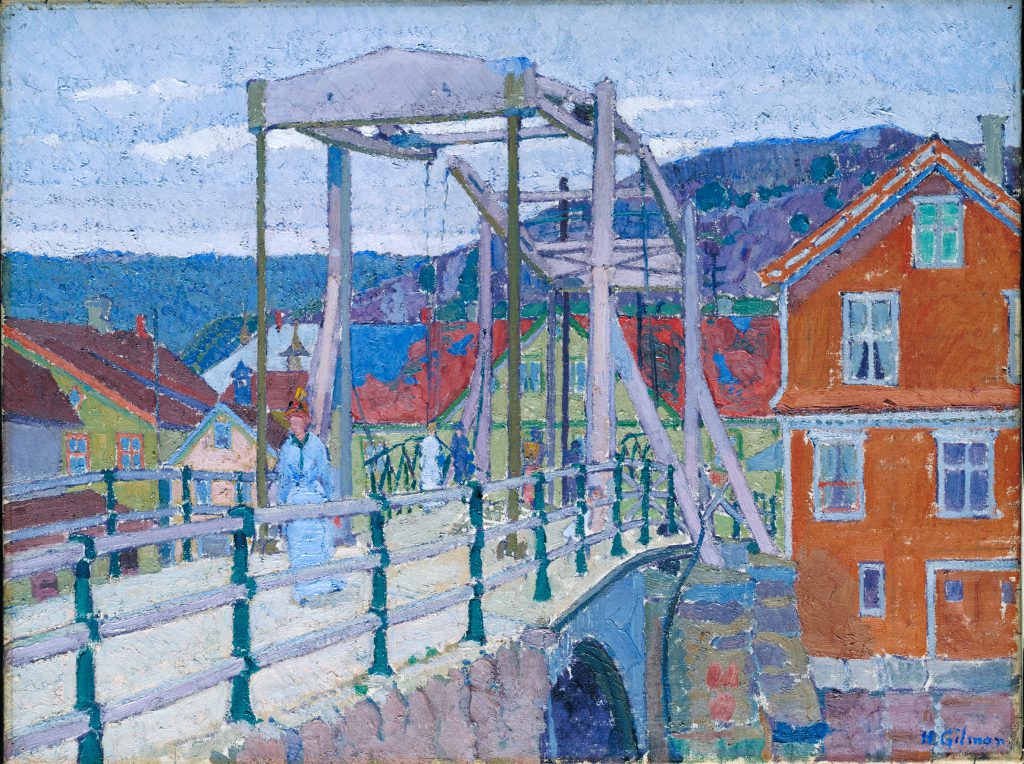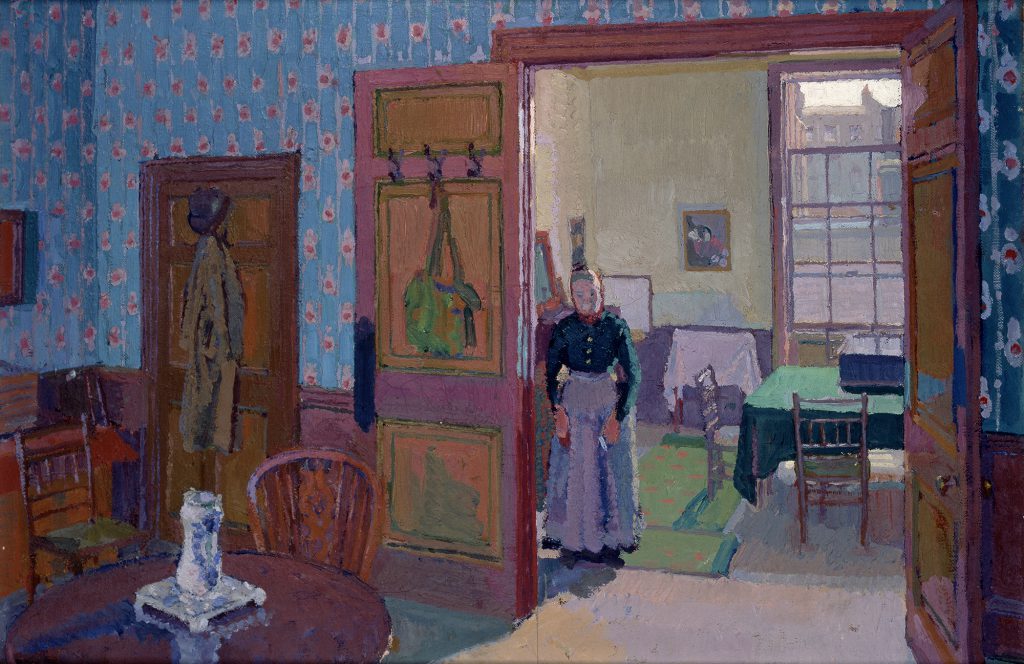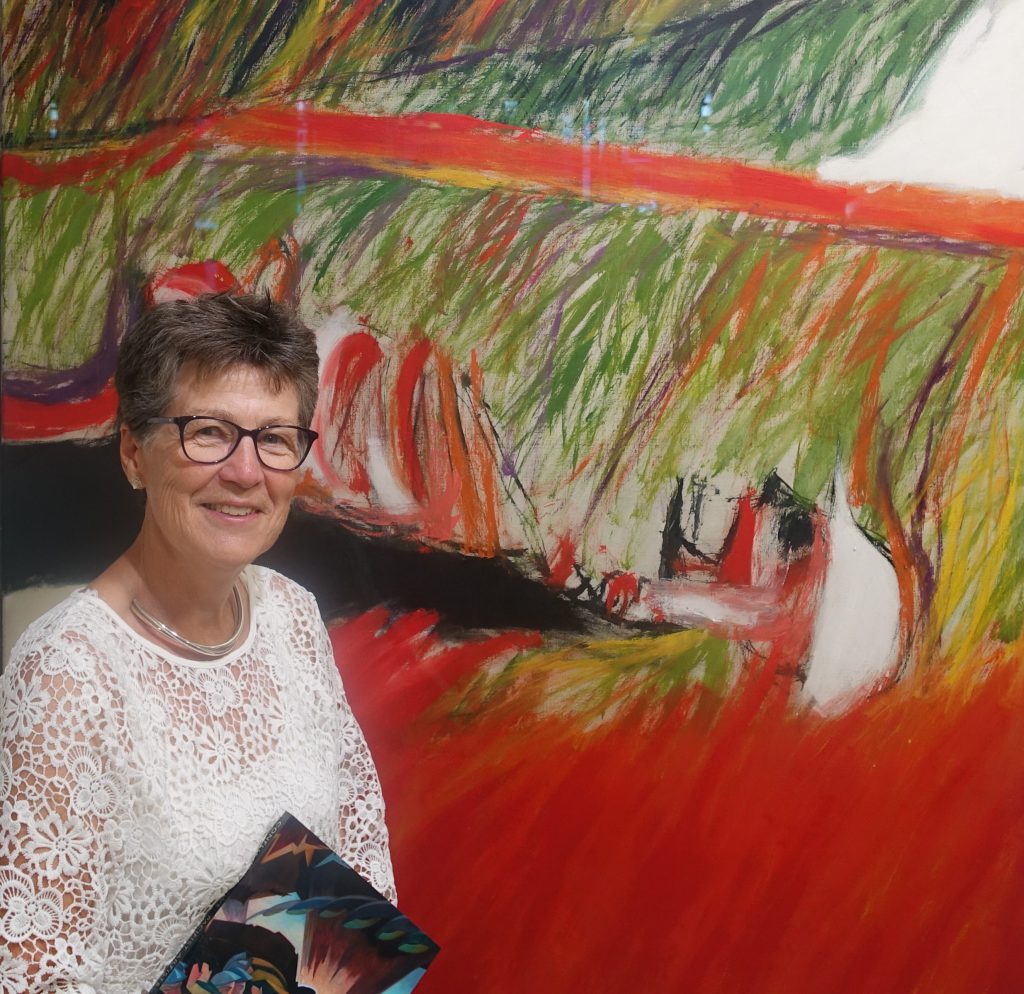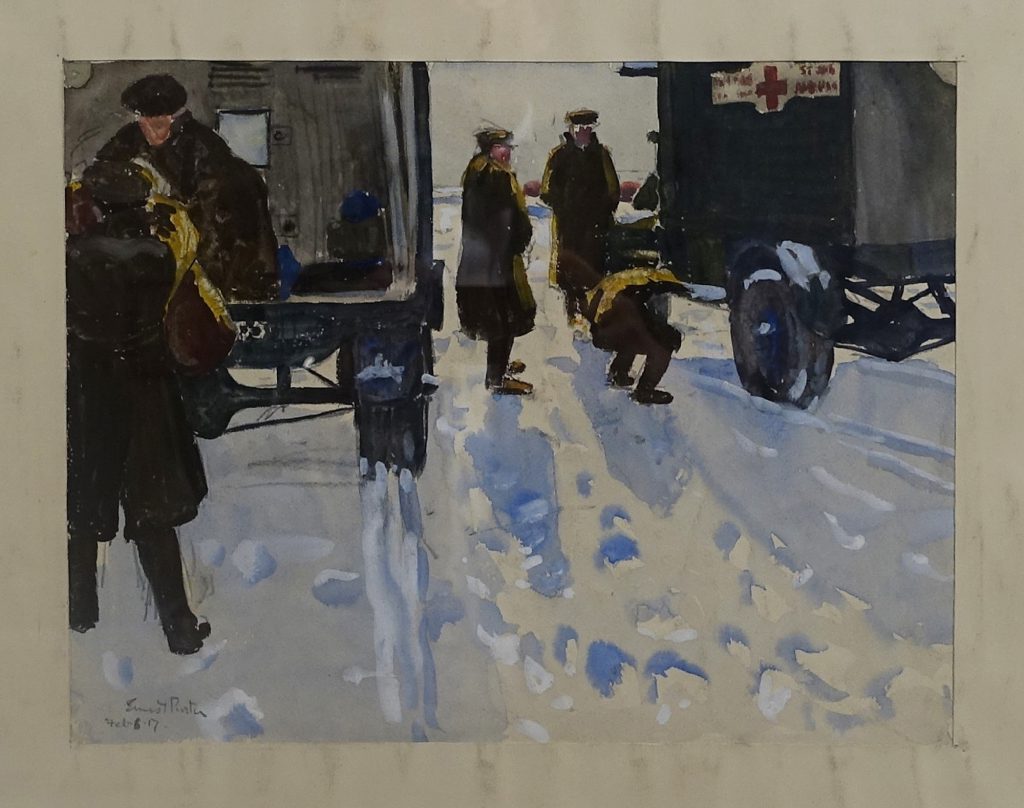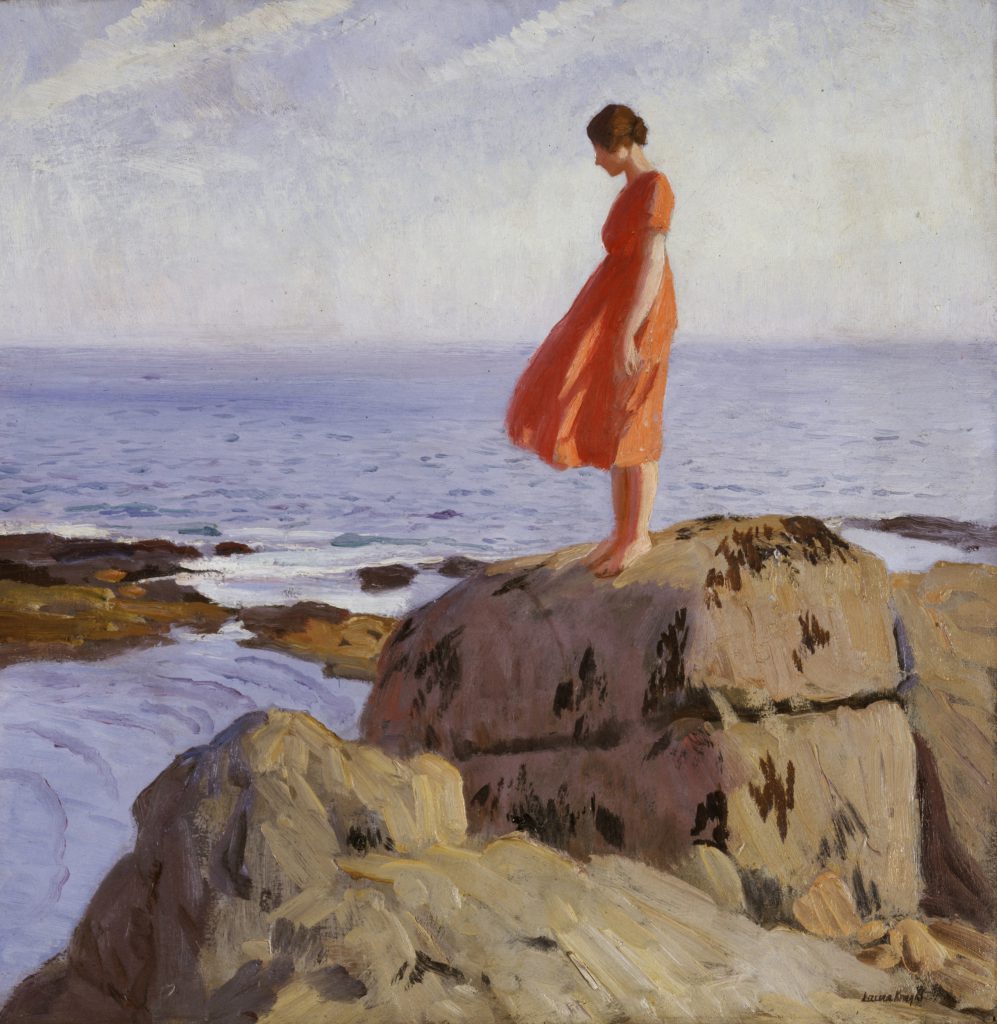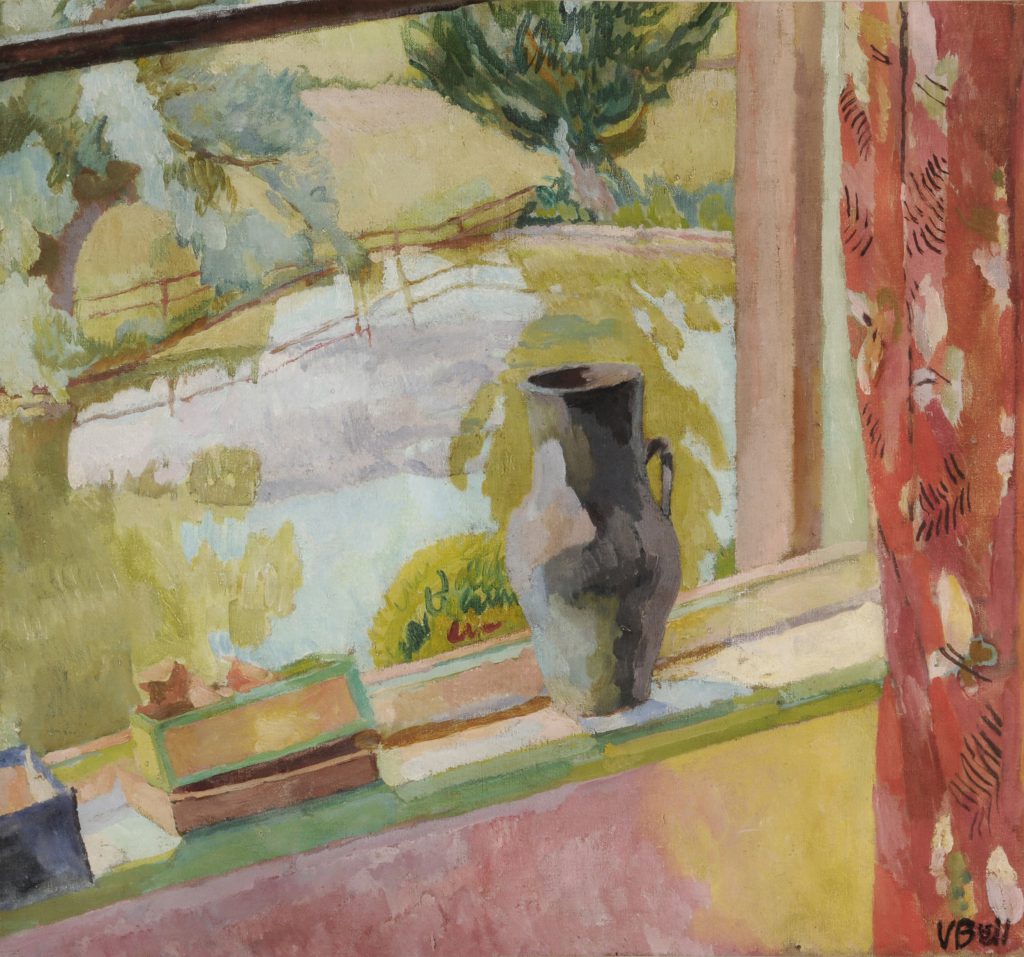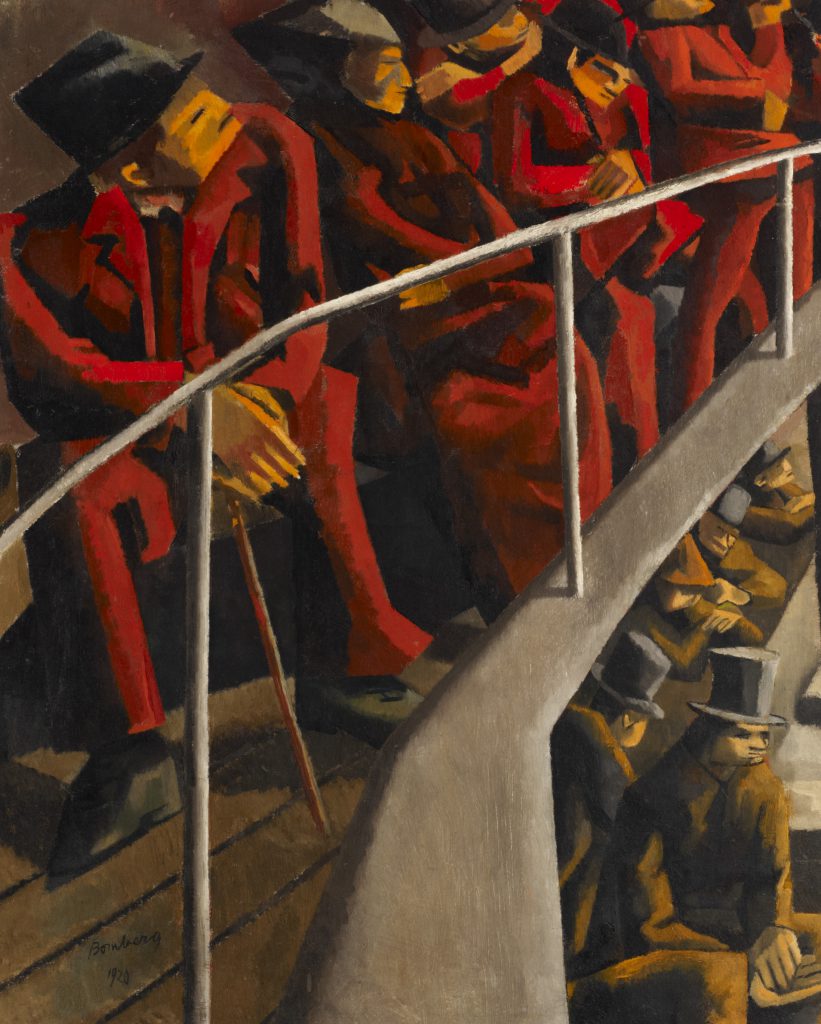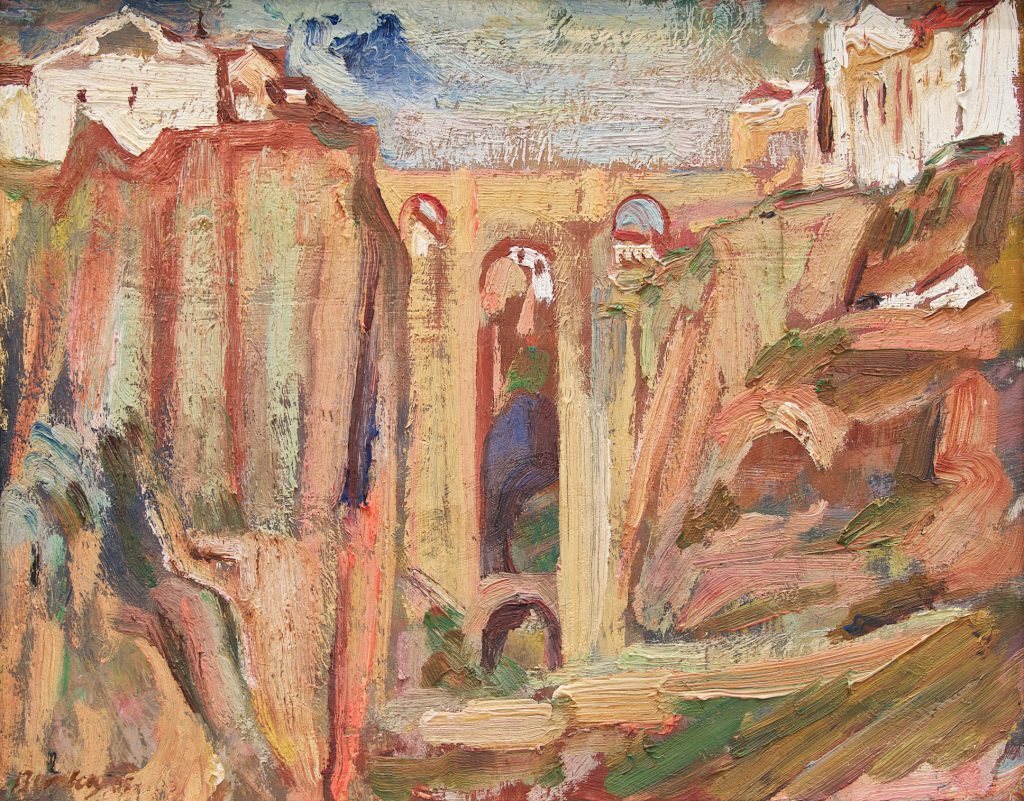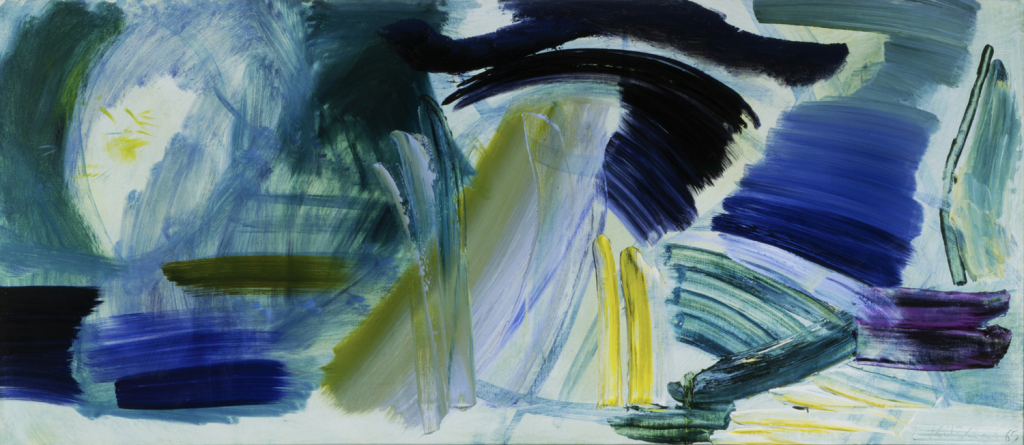
Pallant House Gallery’s long awaited retrospective exhibition of the important Sussex based Modern British artist Ivon Hitchens is exceptional and beautiful.
This chronological exhibition highlights the themes that preoccupied Ivon Hitchens and the development of his unique voice in Modern British Art – a poetic artist in the landscape.
The show explores how Ivon Hitchens emerges from surrealism into lyrical abstraction with an increasing connection with that most English of obsessions, the landscape. His distinctive style is immediately recognisable.
Pallant House Gallery Director, Simon Martin says “The very first artworks that Pallant House Gallery acquired were two paintings of Sussex donated by Ivon Hitchens before his death in 1979.”
The exhibition describes how Hitchens joined the Seven and Five Society in 1919. This group included many of Britain’s leading artists and was distinguished by their freedom of association and lack of artistic dogma.
In the mid-1920s Hitchens painted with Ben and Winifred Nicholson staying at their Cumbrian farmhouse, Bankshead. These paintings focus on Still Lifes in domestic settings, themes which would remain central to his work.
Ivon Hitchens painted ‘Spring in Eden’ in 1925 on his return to London from Bankshead. This reflective, luminous painting with its classical torso is airy – light in tone and colour – creating a dialogue between the world of classical art and mythology.
When his Hampstead studio was bombed in 1940 Ivon, his wife Mollie and their young son John evacuated to Sussex near Lavington Common where they had bought six acres of woods and a Gypsie Caravan. Hitchens became rooted in this landscape – his eye captured by the woodland that surrounded him.
He became more interested in painting the underlying harmony of the natural world through his landscapes. Music informed him stating “I often find in music a stimulus to creation, and it is the linear tonal and colour harmony and rhythm of nature which interests me – what I call the musical appearance of things”.
Hitchens famously said “My pictures are painted to be listened to.”
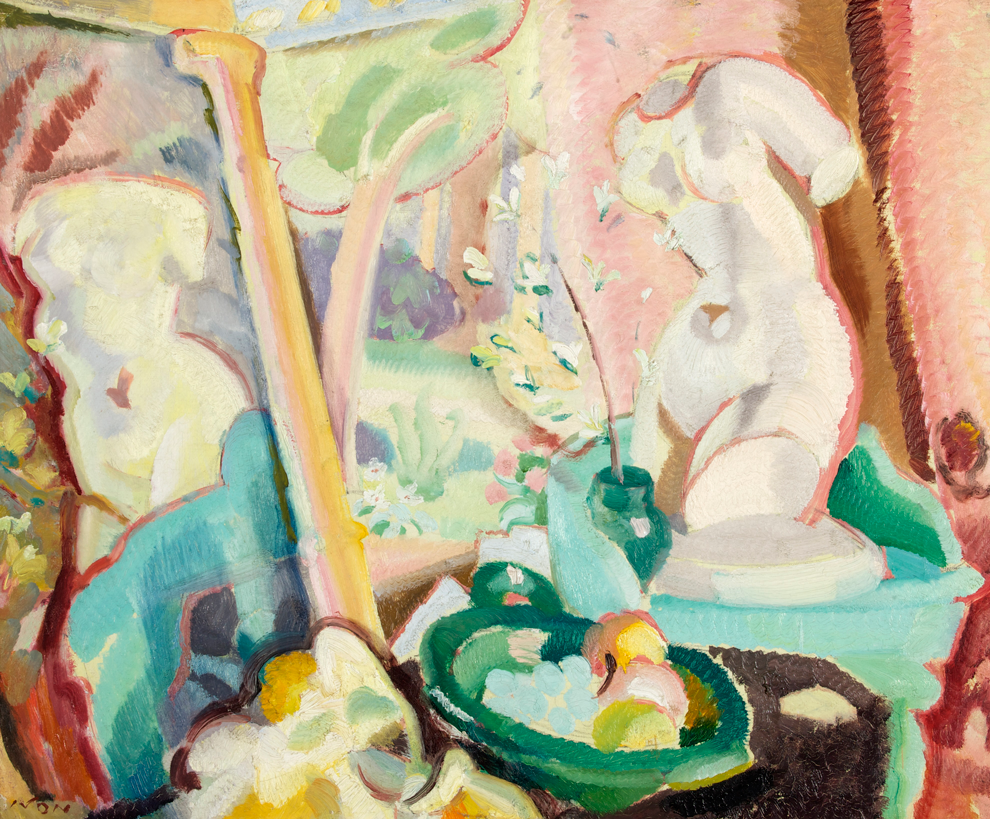
There is a rhythm in his long canvases which are often divided into three vertical panels which play against each other. In ‘Arno II’ sunlight filters through the foliage to reveal a boat lying on a woodland pool in the left hand section. The centre and right sections of the composition are more abstract, suggestive and experiential. This poetic, lyrical landscape conveys the experience of inhabiting, space and emotion in a remarkable way – it has a spiritual quality.
I am excited that Toovey’s together with Irwin Mitchell Solicitors are headline sponsors of this exceptional exhibition. Thanks must also go to the Arts Council England for their support.
‘Ivon Hitchens: Space through Colour’ runs until the 13th October 2019 at Pallant House Gallery, Chichester. It is this summer’s must see exhibition! For more information go to www.pallant.org.uk.
By Rupert Toovey, a senior director of Toovey’s, the leading fine art auction house in West Sussex, based on the A24 at Washington. Originally published in the West Sussex Gazette.
